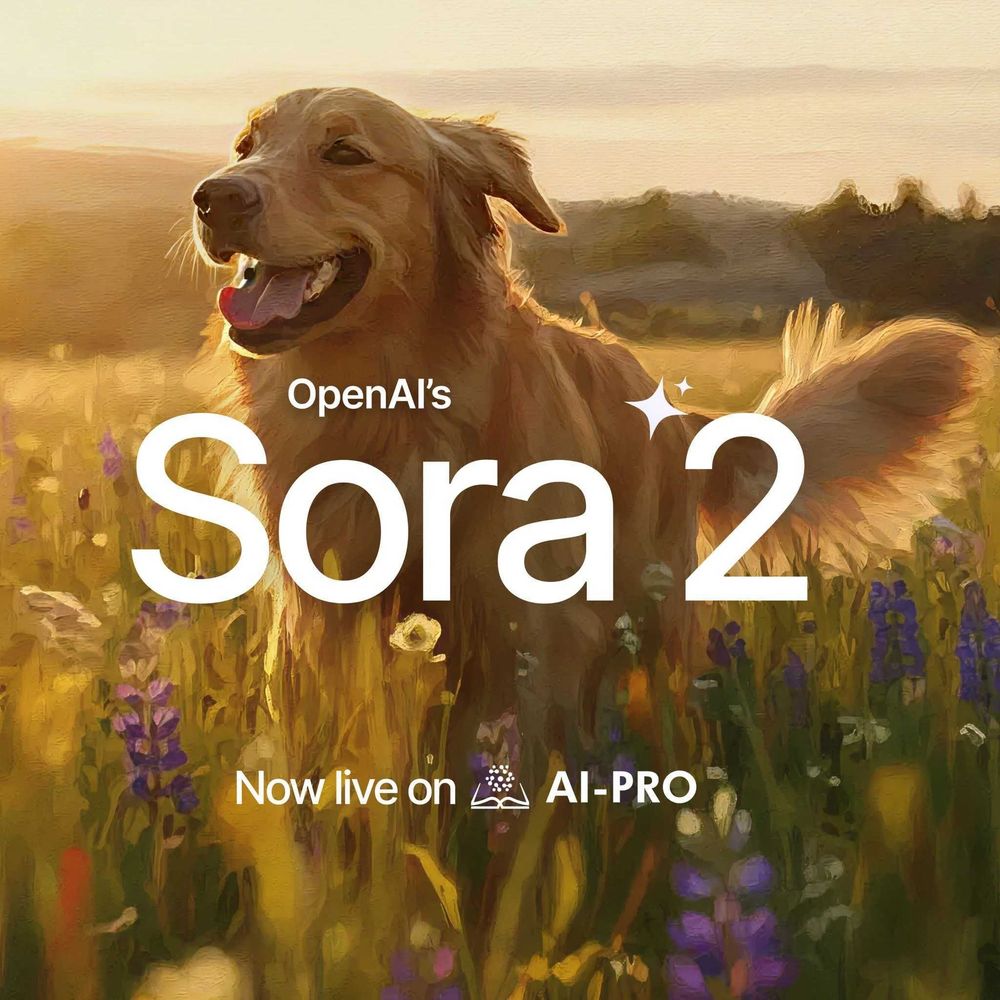Deep learning, a powerful subset of artificial intelligence, is transforming the way we interact with technology. Imagine a system that can recognize your face, understand spoken commands, or even drive a car—all through advanced algorithms designed to mimic the human brain’s learning process. This is the essence of deep learning.

In this article, we’ll unravel the concept of deep learning, breaking it down into straightforward terms and explaining how it fits into the broader AI landscape. Whether you're curious about how your voice assistant works or the technology behind self-driving cars, this guide will provide a clear and engaging overview of deep learning, highlighting its significance and applications in our rapidly advancing technological world.
What is Deep Learning?
Deep learning is a specialized branch of artificial intelligence (AI) that focuses on training computers to learn from large amounts of data in a way that mimics human learning. At its core, deep learning involves algorithms called neural networks that are designed to recognize patterns and make decisions based on those patterns.
To understand deep learning, think of it as teaching a computer to think and learn in a manner similar to the human brain. Just as our brains process information through a complex network of neurons, deep learning algorithms use artificial neurons organized into layers to process data. These layers, known as neural networks, work together to analyze and interpret information, allowing the system to learn from examples and improve its performance over time.
Deep learning is part of the broader field of machine learning, which itself is a subset of AI. While traditional machine learning involves creating algorithms that can make decisions based on input data, deep learning goes a step further by using multiple layers of these algorithms to capture intricate patterns and relationships within the data. This hierarchical approach enables deep learning models to handle complex tasks and make highly accurate predictions.
In essence, deep learning empowers computers to recognize and understand the intricate details of data—whether it's distinguishing between images, understanding natural language, or predicting future outcomes—by building and refining its knowledge through extensive training. This capability makes deep learning a crucial component in many of today’s most advanced AI applications.
How Does Deep Learning Work?
Understanding how deep learning works involves delving into the structure and processes of neural networks, which are the cornerstone of deep learning. Here's a simplified breakdown of how these systems operate:

Neural Networks
At the heart of deep learning is the neural network, a computational model inspired by the human brain's structure. Neural networks consist of layers of interconnected nodes, or "neurons," each performing a specific function. These layers are typically categorized as:
- Input Layer: This is where data enters the network. For instance, if the task is to recognize a cat in an image, the input layer receives pixel values from the image.
- Hidden Layers: These layers, which can be numerous in deep learning models, process the input data. Each hidden layer transforms the data into increasingly abstract and complex representations. For example, the first hidden layer might identify simple features like edges, while subsequent layers combine these features to recognize more complex patterns like shapes and textures.
- Output Layer: The final layer produces the network’s prediction or classification based on the processed information. In our cat image example, this layer would output whether the image contains a cat or not.
Training
Training a deep learning model involves feeding it large amounts of labeled data so it can learn to make accurate predictions. The training process includes:
- Data Feeding: During training, the model is presented with multiple AI resources, including input data and their corresponding labels. For instance, to train an image recognition system, the model would be shown thousands of images labeled as "cat" or "not cat."
- Learning and Adjusting: The model makes initial predictions and adjusts its internal parameters based on the errors in its predictions. This adjustment process is carried out using algorithms such as backpropagation, which fine-tunes the weights of connections between neurons to minimize prediction errors.
- Validation: To ensure the model generalizes well to new, unseen data, it is validated on a separate dataset. This helps assess its performance and make necessary adjustments before deploying it in real-world applications.
Learning from Data
Deep learning models improve their accuracy over time by continuously learning from new data. As the model encounters more examples, it becomes better at recognizing patterns and making accurate predictions. For instance, a model trained to recognize handwritten digits will refine its ability to differentiate between numbers as it sees more examples of different handwriting styles.
This iterative learning process enables deep learning systems to tackle complex problems and adapt to various scenarios, making them highly effective for tasks such as image and speech recognition, language translation, and more.
Applications of Deep Learning
Deep learning is making a significant impact across various fields by enabling sophisticated analysis and interpretation of data. Here are some key applications:

Deep learning technology is widely used in everyday applications such as image and speech recognition. A great example of this are facial recognition systems in smartphones and social media platforms that rely on deep learning to accurately identify individuals and tag people in photos. Similarly, voice assistants like Siri and Alexa use deep learning to understand and process spoken commands, allowing for more natural and intuitive interactions with technology.
In more advanced applications, deep learning is revolutionizing industries such as automotive and healthcare. Self-driving cars leverage deep learning to interpret sensor data, identify obstacles, and navigate safely through complex environments. While in healthcare, deep learning algorithms analyze medical images like X-rays and MRIs, providing valuable insights for diagnosing conditions and improving patient care by detecting anomalies with high precision.
These applications showcase deep learning’s versatility and its role in advancing both everyday technologies and complex innovations.
Unveiling More AI Terminologies!
Deep learning stands at the forefront of artificial intelligence, empowering technology to achieve feats once thought impossible. From enhancing everyday experiences with intelligent voice assistants and facial recognition to driving advancements in autonomous vehicles and medical diagnostics, deep learning is transforming how we interact with the world. By mimicking the complex processes of the human brain, deep learning systems continue to evolve, pushing the boundaries of what technology can accomplish.

To delve deeper into the world of artificial intelligence and explore more about the terms and technologies shaping our future, visit AI-Pro’s AI terms glossary here. There, you’ll find a wealth of information to further your understanding of AI and its impact on various industries.





